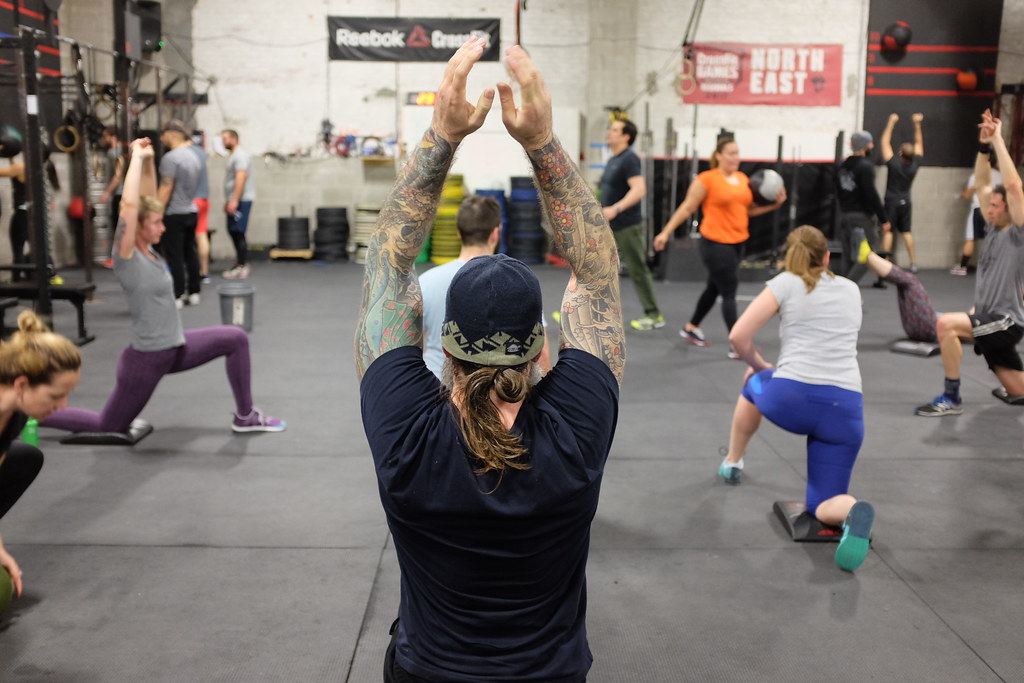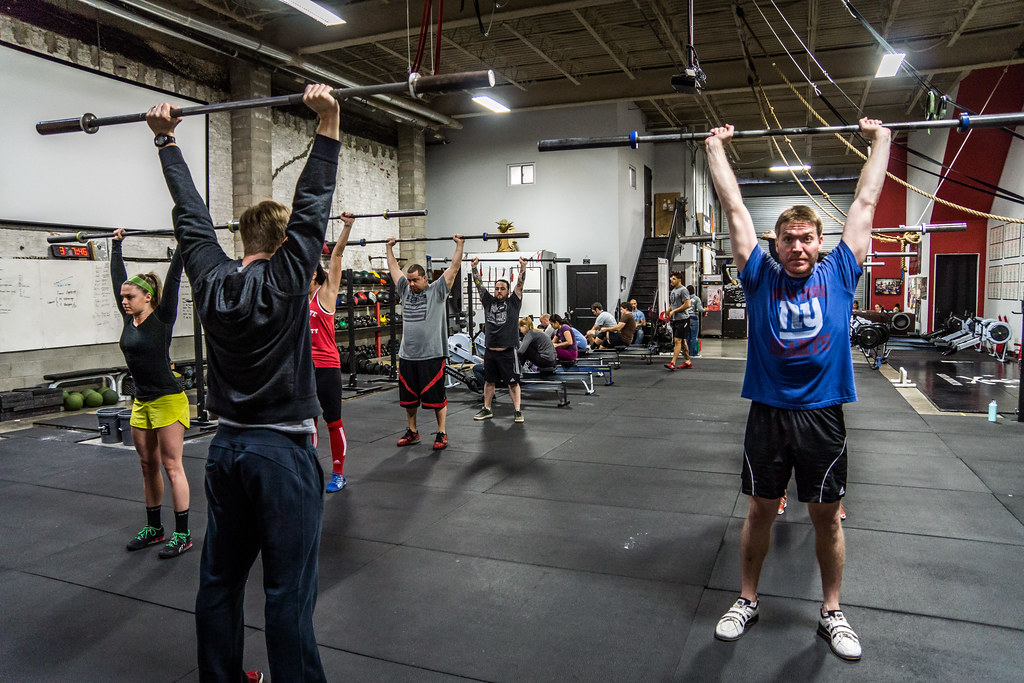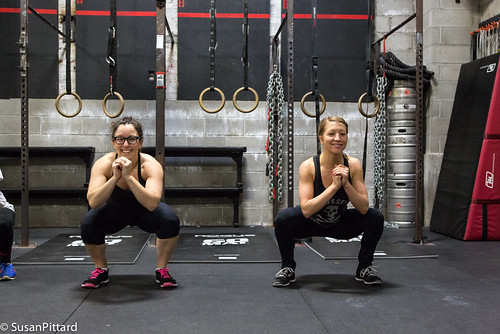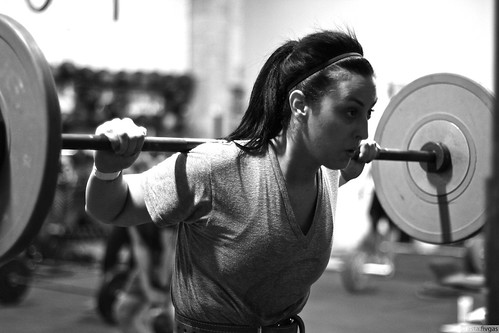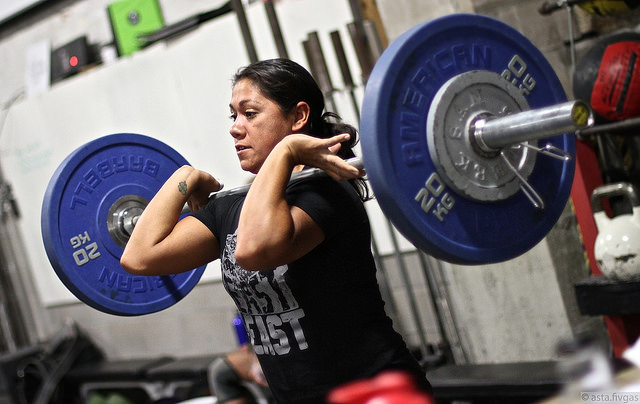Turn Off the Clock: Why You Should Program Not For Time Work at CrossFit Gyms
 Monday, February 9, 2015 at 12:00AM
Monday, February 9, 2015 at 12:00AM 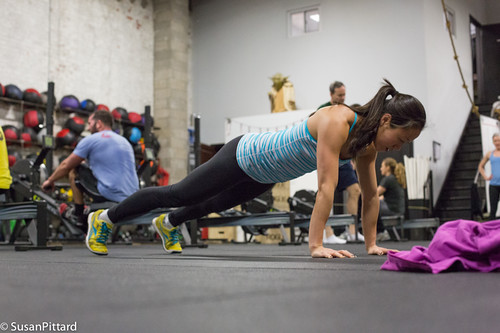
In today’s article, we’re going to talk about how and why CFSBK regularly programs “Not For Time” (NFT) assistance work into our weekly group classes. The purpose of these segments is to supplement our primary lifts and conditioning tests, and also provide an opportunity to approach movements not typically seen in WODs and/or develop movements we typically see in timed formats.
Before getting into the details of NFT work, it’s worth noting what it is not. Our NFT assistance segments are not warm-ups and always happen after the primary lift for the day, usually instead of a traditional metcon. In a previous article, we talked about how we program standardized warm-ups, which unlike NFT work, require simpler movements that people can jump into cold or after some very basic movement prep. This is also not necessarily dedicated “skill work,” which would involve refining more complex motor patterns (such as taking 10 minutes to practice double unders or handstands). That being said, NFT does not exclude skill-based elements and they can easily be incorporated into NFT segments.

